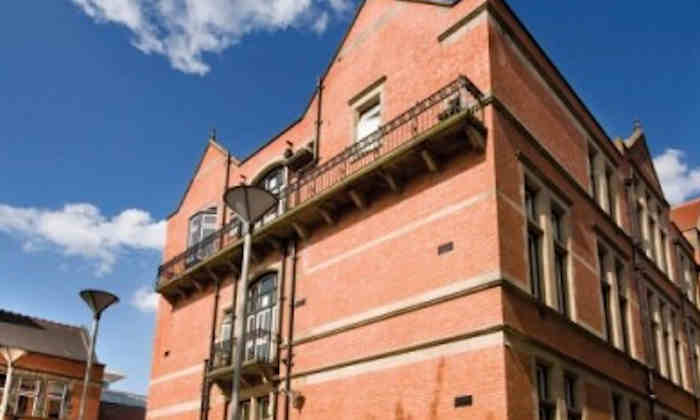Historic physics lab is one of England’s top ten places for progress
08 Aug 2018
The building where Nobel Prize-winner Ernest Rutherford discovered the structure of the atom in 1911 has been placed in the country’s top ten sites for ‘power, protest and progress’ by Historic England

The Rutherford Building, which was formerly known as the Physics Laboratory, has been chosen alongside places such as The Palace of Westminster and the site of the Peterloo Massacre, as part of the top ten.
The discovery that the mass of an atom is concentrated in its nucleus, a particle 1,000 times smaller than the atom itself, with orbiting electrons making up rest of the atom, paved the way for splitting of the atom, and the initiation of the field of nuclear physics. For this, Rutherford is known as the “father of nuclear physics”.
Rutherford’s discoveries heralded not only nuclear power and weapons, but also many other technologies which we rely on today such as radiotherapy to fight cancer.
The University remains a leader in nuclear physics – as home to the Dalton Nuclear Institute - the UK’s most advanced academic nuclear research capability. Here, research is undertaken across the entire nuclear fuel cycle – from innovative manufacturing techniques to waste management.
Dr Francis Livens, Director of the Dalton Institute said: “Rutherford’s discoveries have changed our world. Having his lab placed on this list serves as a proud reminder that the ground-breaking work we carry out today has its origins right here in Manchester.”
The Rutherford Building was among ten sites chosen from hundreds of public nominations in Historic England’s campaign ‘Irreplaceable: A History of England in 100 Places’, sponsored by Ecclesiastical Insurance.
For David Olusoga, the historian who judged the nominations, the building “is a critically important site in the creation of the nuclear age, in which we still live.”
The ten places in the final category Power, Protest & Progress are:
- The Palace of Westminster, London
- St Peter’s Square, Manchester
- Bristol Bus Station, Wapping Road, Bristol
- The Pitman’s Parliament, Durham Miners’ Hall, Redhill, Durham
- Cable Street, East London
- 73 Riding House Street, Westminster, London
- Group Operation Room, Uxbridge, London
- Sycamore in the village of Tolpuddle, Dorset
- Rutherford Building, The University of Manchester
- Bosworth Battlefield, Leicestershire
For more on Rutherford and the Rutherford Building, visit the University’s Heritage website.
